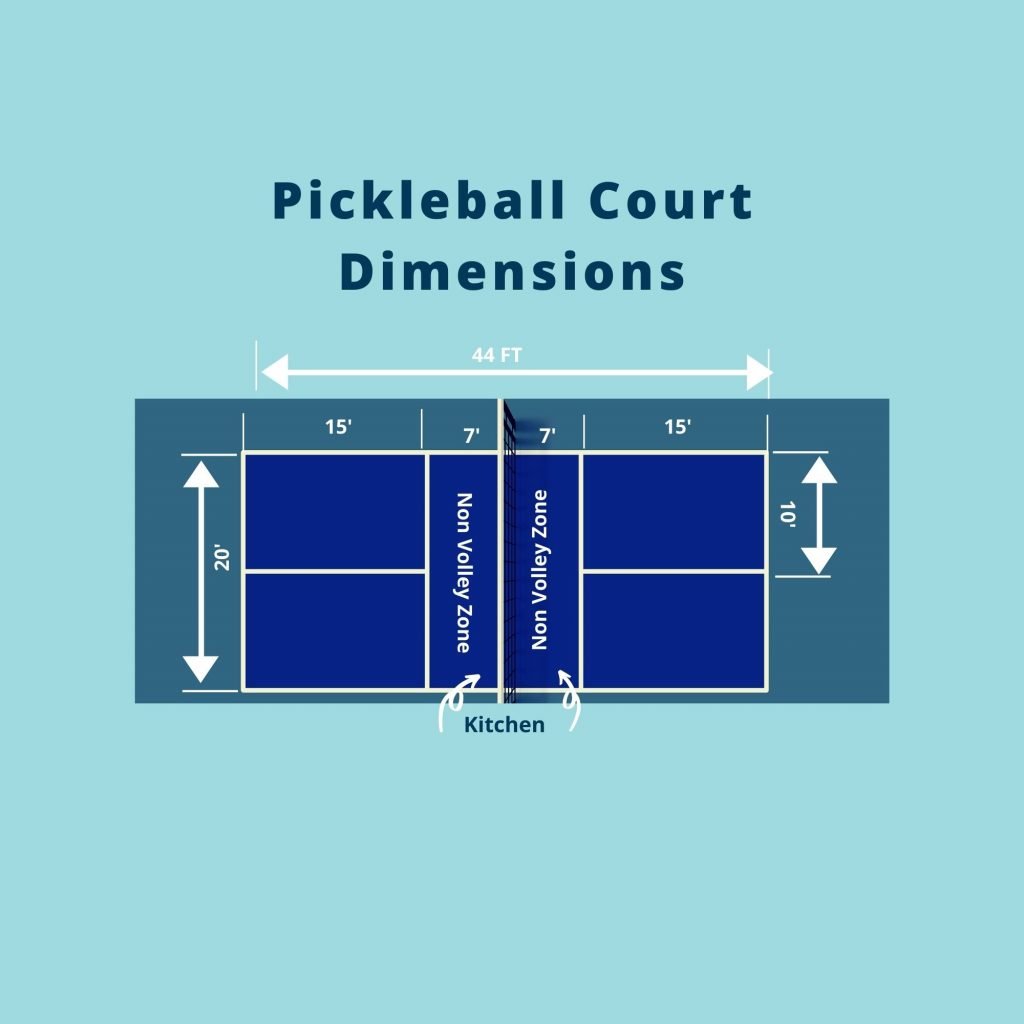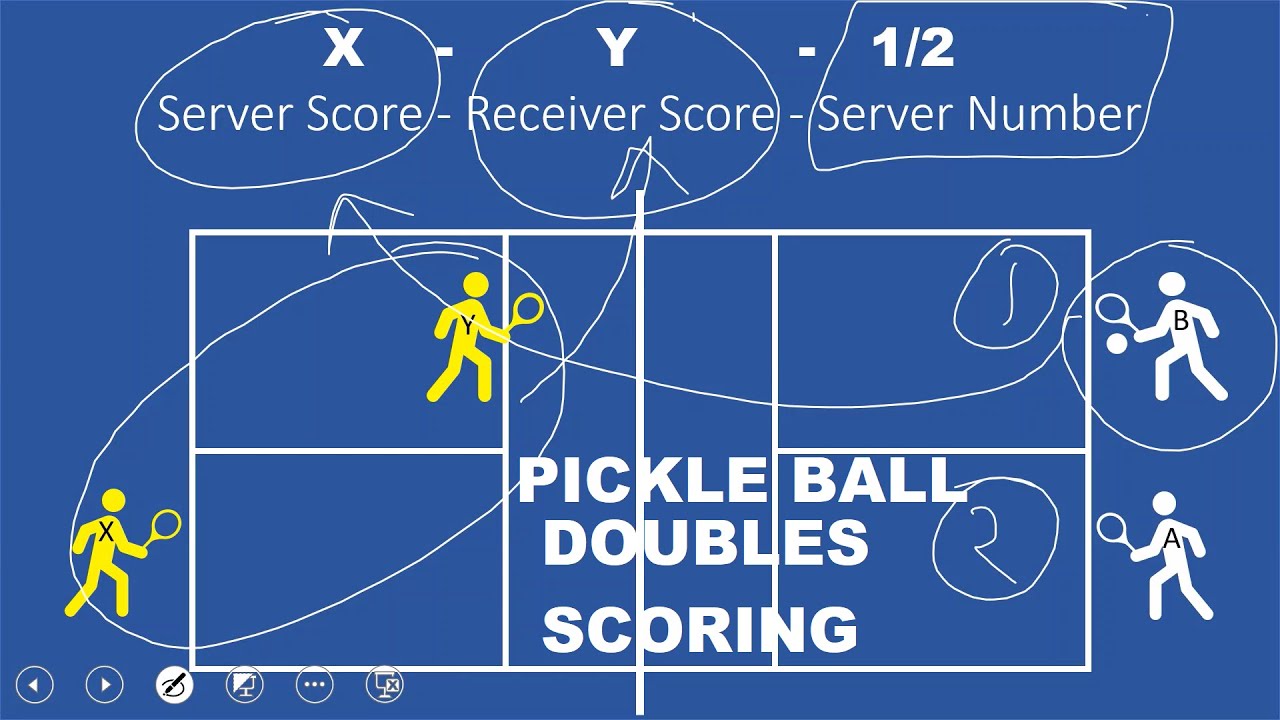
Paddle ball (or "Padel") is a game between two teams that takes place on a court that is both a Ping-Pong and tennis court. It can be played indoors or outdoors. The USA Pickleball Association regulates the game and it is rapidly becoming popular in Europe as well as Asia. More than 3,000 courts are available worldwide, with players from all parts of the globe.
Light colored clothing is required for the game. A safety thong must be worn around the wrist. This must be attached securely to the handle of your paddle. The paddle may not be moved from one hand to the other by the player. The player must use both of his hands to strike the ball.
The game is played to a score of 11 or 15. A serving side is awarded a point when it serves an assassin or wins a rally. Points are forfeited if a ball is hit by a player and it does not return. The ball will be replayed if it is struck by a foreign object. In some cases, the referee can stop play.

Play starts by tossing a coin. This will determine which team will serve the first. The coin toss winner can choose to accept or decline the offer. Once the coin is tossed, the server needs to remain in the service area for at least 1 minute. After the first team loses a point, the second server takes the serve.
After the server has served, the player must call a safety or block. These calls can be made to warn of injury or show that the opponent is blocking the ball's path. The player can move an opponent that has obstructed their path to the ball. However, the opponent cannot block the striker's path if they are behind it. Alternately, if an opponent moves in the striker's direction, the striker may move to stop them from blocking the shot.
The paddle can be either textured or solid. The ball bounce can be affected by the size of the paddle. Some players prefer a stiff paddle, while others prefer a strung tennis racquet. A player should allow the ball's bounce to occur before volleying.
A player cannot allow the ball to touch his body during a rally. The ball must be struck with a textured paddle. A player who hits the ball with their hand must not push or block the opponent’s shot. Alternatively, the player can use his arm to push the opponent, but it must be a legal hit.

A referee in a tournament is mandatory. The referee must be above the court's back wall, unless the opponent is seriously injured. The referee should be in a position such that he can see all sides of the court.
If a player is not able to continue playing, play will be halted for fifteen minute. If the first server becomes incapacitated, another player can be called in to serve.
FAQ
Can I exercise after eating?
It depends on the type and intensity of your exercise. Avoid doing strenuous activity after eating, as it can cause stomach cramps. Light aerobic activities, such as walking or biking, are better.
Is it possible to be too thin?
Yes! Both being underweight or suffering from an eating disorder is unhealthy. It isn't normal to be smaller than your recommended height. It is possible to feel tired, weak or dizzy and may experience other signs that you are underweight.
Do I need heat before exercising?
Warming up before an activity reduces muscle soreness and improves performance. Warming up can take many forms, including walking, running or jumping rope, stretching, or cycling. Start slow and slowly increase your pace.
Are there any exercises that I shouldn't do or should I?
Before beginning any new workout program, consult your doctor. Some people have injuries or medical conditions that prevent them from doing certain types of exercise. You may also need special equipment or training for certain activities. Swimming, for example, requires swimming suits and access to the pool.
What does nutrition do for your body?
Your body functions properly when you have the right nutrition. The best way to ensure that you receive adequate nutrition is to eat a balanced diet with plenty of fruits and vegetables, lean proteins, whole grains, and healthy fats.
Which Is More Important: Exercise or Diet?
It all depends on your goals. It is important to lose weight. For building muscle mass, exercise is key. The last factor is sleep, which only impacts how well you perform during your day.
What is Resistance Training?
Resistance training can be done with weights or other objects. Lifting weights helps strengthen your arms, shoulders, chest and back, as well as your legs, hips, and core. Resistance training helps build muscle mass and bone density. It also promotes overall strength.
Statistics
- One study showed that adults who watch more than 4 hours of television daily had an 80% higher risk of death from cardiovascular disease. (heart.org)
- Globally, 28% of adults aged 18 and over were not active enough in 2016 (men 23% and women 32%). (who.int)
- Adolescent girls were less active than adolescent boys, with 85% vs. 78% not meeting WHO recommendations of at least 60 minutes of moderate to vigorous intensity physical activity per day. (who.int)
- Globally, 81% of adolescents aged 11-17 years were insufficiently physically active in 2016. (who.int)
External Links
How To
How to Burn Belly Fats Quicker
Belly Fat is often considered a problem for those who want to lose weight. If you look at it, belly fat is actually a positive thing. Your organs are protected from being damaged by excess belly fat. Let's look at how to rapidly lose belly fat.
The two main factors that make us store body fat are stress and lack of exercise. Because stress stimulates the release of cortisol hormone, it makes us hungry all the time. Cortisol can increase insulin levels in the blood. Insulin then stores excess calories as fat. Insufficient sleep can lead to an increase in appetite and adrenaline release. Exercise helps to break down these extra calories.
There are many ways you can reduce belly fat. You can try any one of them depending upon your budget. These are some great tips to help you lose belly fat fast.
-
Try to eat less food. You should eat smaller meals throughout the day than you would if you ate three big meals. This way, you'll consume fewer calories overall.
-
Get plenty of water. Water flushes out toxins, and keeps your body hydrated. Water before each meal can help you feel fuller longer and reduce your appetite so that you don't overeat.
-
Avoid unhealthy snacks. If you're looking for quick fixes, snack foods like chips, cookies, candies, etc. might seem tempting. These sugary treats have lots of empty calories so avoid them. Instead, opt for healthy alternatives such as fruits, vegetables and whole grains.
-
Do strength training exercises at least three times per week. Strength training helps build muscle mass, which means that you can burn more calories even when you are resting. It strengthens bones muscles ligaments, tendons and the heart.
-
Walking or stretching is a good habit to do regularly. Stretching increases flexibility and mobility. It also reduces back pain. Walking can help you burn calories.
-
Reduce alcohol intake. You should cut down on alcohol consumption. It adds no nutritional value to your diet.
-
Slowly lose weight. The first step towards losing weight is to identify what your current weight is. Then, add 5% to 10% to your body weight to get your ideal weight. Once you have calculated your target body weight, you can begin to cut calories by 500-1000 calories every day until your goal is reached.
-
Avoid processed food. These foods have high amounts of salt, sugar, and preservatives. These processed foods are often convenient, but they lack enough nutrients for good health.
-
Don't skip breakfast! Breakfast improves concentration, memory, energy, and stamina. Include protein (like eggs) and fiber, like oats, in your breakfast.
-
Have regular bowel movements. Constipation or irregularity can lead to gas and bloating. Increase your fiber intake and drink lots of water.